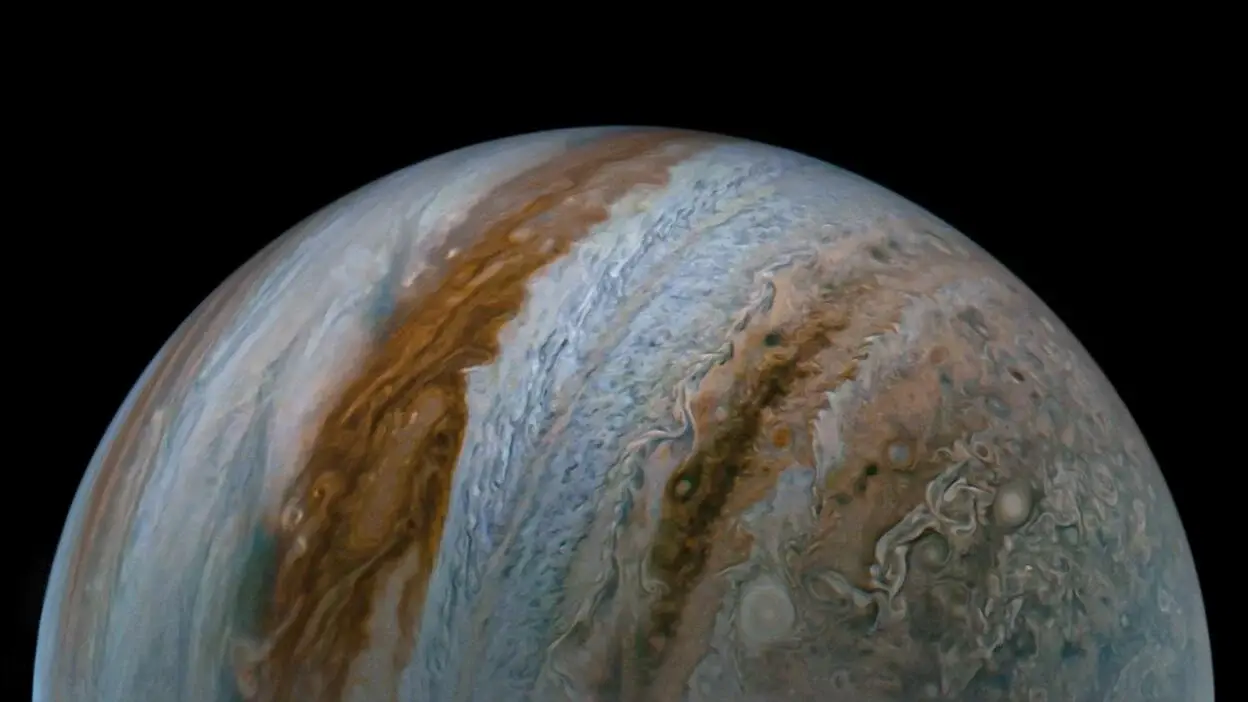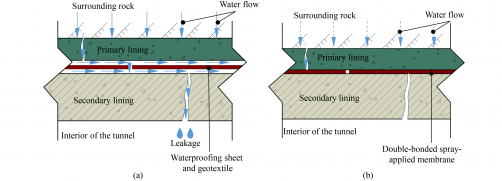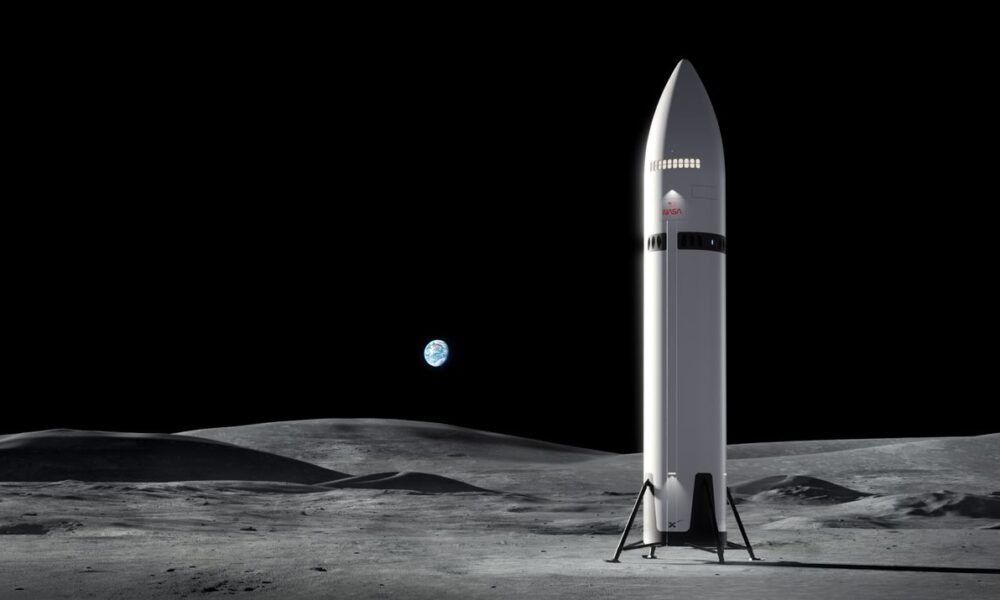Researchers at Rice University have unveiled new insights into the role that Jupiter played in shaping the early development of Earth. Their study suggests that without Jupiter’s gravitational influence, primitive Earth may have drifted too close to the sun, potentially rendering it incapable of supporting life. This research, published in the journal Science Advances, addresses long-standing questions regarding the timing of the formation of solid objects in the solar system.
Scientists have identified two distinct generations of planet-building materials, as evidenced by meteorites, which are rocky debris that fall to Earth. The first generation of these materials formed rapidly within the first million years of the solar system’s existence. In contrast, the second generation, which produced rocky blocks closer to Earth, Mars, and Venus, emerged 2 to 3 million years later. Understanding how enough dust remained to facilitate this second wave has puzzled researchers for years.
To investigate this mystery, the team conducted detailed computer simulations of the young solar system. Their findings point to Jupiter, which today has a mass exceeding that of all other planets combined, as a critical player in this process. This research may represent the first comprehensive model that combines the growth of Jupiter, the movement of dust, and the formation of asteroids to explain the age gap in the ancient building materials.
Jupiter’s massive size and gravitational pull not only influenced the orbits of neighboring planets but also likely stunted their growth by limiting their access to resources from the outer solar system. According to Baibhav Srivastava, a planetary scientist and co-author of the study, “Our Earth might have become a ‘super-Earth,’ which may have significant implications for its habitability.” The term “Goldilocks zone” refers to the region around a star where conditions are just right for liquid water to exist, a crucial factor for life.
As Jupiter developed, it reshaped the solar environment. The study suggests that it drained gas from the inner regions, creating higher pressure areas that effectively contained dust and formed ring-like clumps of material. These “dust traps” enabled the formation of new solid objects long after the initial ones, thus explaining the timing of the second generation of rocky space material.
The timing of this second wave corresponds with that of ordinary chondrites, the most frequently found type of stony meteorite on Earth. Researchers estimate the ages of meteorites’ parent bodies by measuring isotopes—specific forms of elements—within them. By comparing the remaining amounts of original isotopes to their decayed forms, scientists can determine when these rocks solidified, akin to carbon dating of ancient materials on Earth.
By the time this second generation solidified, Earth was already in the process of formation. Thus, it is likely that these later materials had minimal impact on the planet’s development. The research reinforces the concept that Jupiter’s formation occurred relatively early, within the first 2 million years of the solar system. This early development granted Jupiter the opportunity to shape the surrounding gas and dust effectively.
The findings align with current observations made by astronomers using advanced telescopes in other emerging star systems. André Izidoro, an assistant professor at Rice and co-author of the study, noted, “Looking at those young disks, we see the beginning of giant planets forming and reshaping their birth environment. Our own solar system was no different. Jupiter’s early growth left a signature we can still read today, locked inside meteorites that fall to Earth.”
This groundbreaking research not only sheds light on the complexities of our solar system’s formation but also emphasizes Jupiter’s pivotal role as a cosmic architect. Understanding these dynamics enhances our knowledge of planetary formation and the conditions that allow for the emergence of life.







